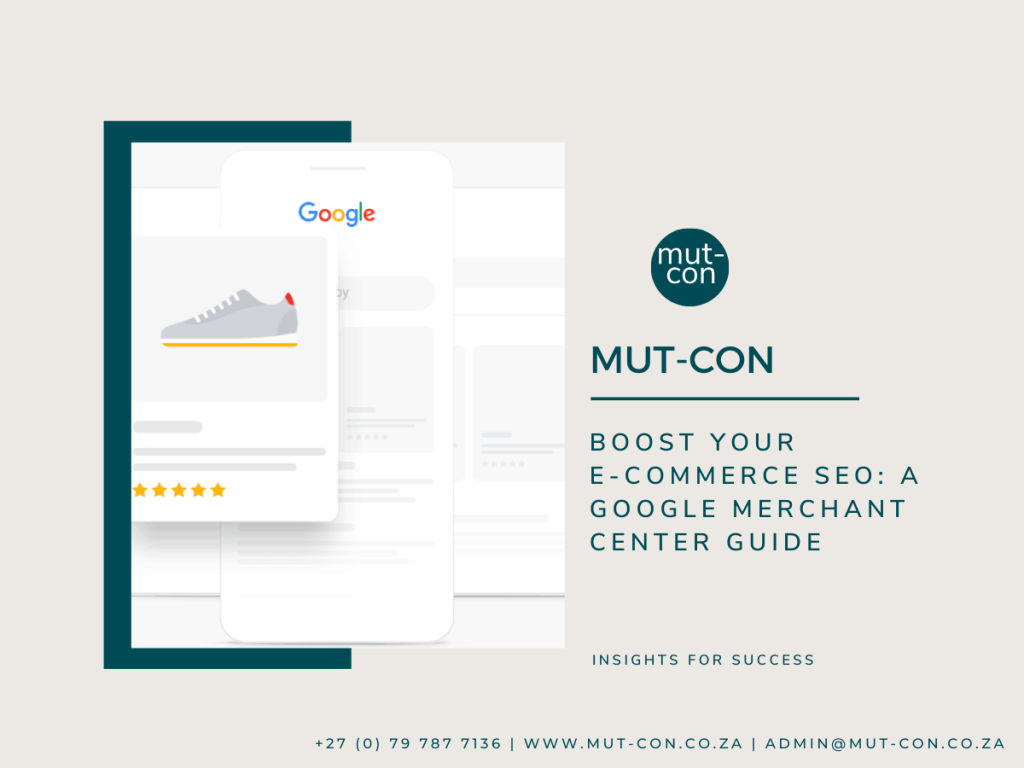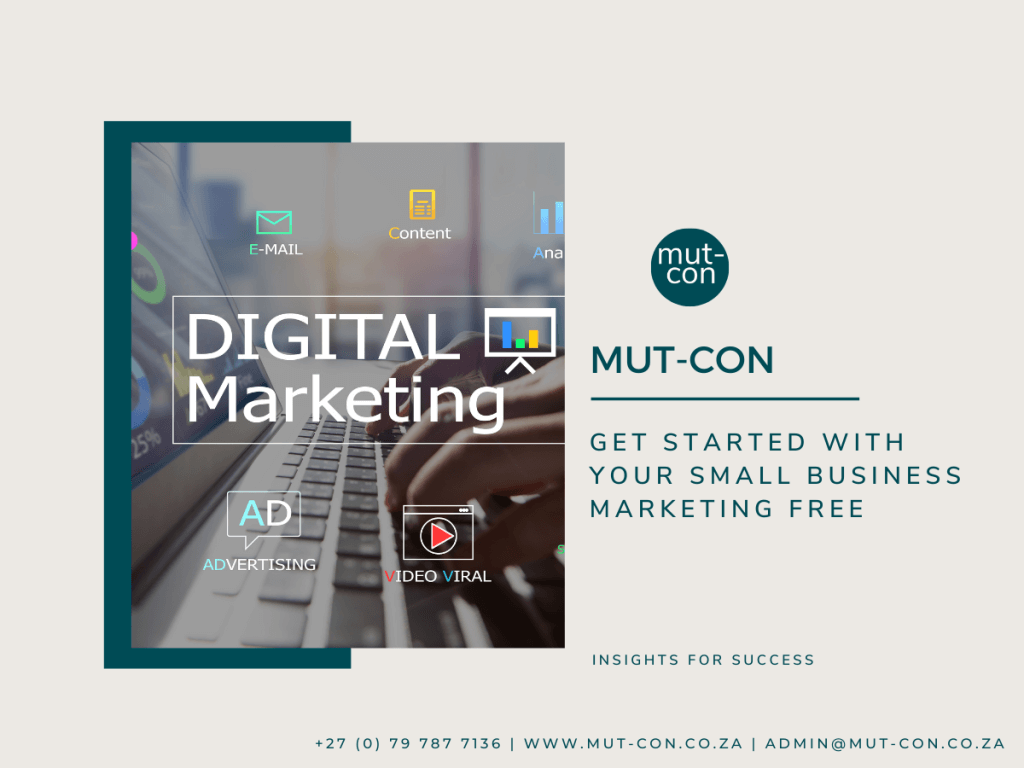This post was last updated on April 3rd, 2023 at 02:36 am.
I used to find the statement “change is the only constant” annoyingly patronising (not even sure why). That is until I developed an interest in search engine optimization and SEO strategy. The rules, guidelines, and trends get updated so much at times it feels like one can’t keep up.
SEO is not an easy undertaking. It’s a considerable investment, not only to know about but to implement.
From research to strategies, to implementation, it takes considerable resources. With the pace of change, at times SEO strategies get implemented too late. However, one theme is consistently emerging with updates in the SEO world. This gives brands the opportunity to craft SEO strategies that last, as opposed to chasing updates.
Search engines are updating themselves to maximise user satisfaction with their results. These are the same users brands want to drive to their sites with search.
By approaching SEO from the perspective of satisfying their users as well, brands have hope of staying ahead of updates.
SEO updates are therefore not a burden but an opportunity to learn from some of the most data-savvy tools. They provide brands data-driven insights into what they are target users are looking for in a site. Adopting these lessons can bring user satisfaction, growth and retention for websites.
To this end, we took a look at how brands can approach SEO strategies with a view to win from some enduring ranking factors.
Engage and inform with content
The quality of content is incredibly important for SEO. One can go so far as to say without quality content, no SEO strategy will get you ranking. Additionally, most search engine updates have had to do with improving the quality of content in one way or another.
Content guidelines include;
- Avoiding skinny content with little information
- Having relevant well-tagged images
- Avoiding duplicate content
- Posting regularly
- Prioritizing proper keywords, their placement and their density
The list is long, very long, possibly endless. It also includes all the factors discussed after this as they also affect the quality of content.
This is for a very good reason; people go to websites for their content, regardless of their intent. Whether they intend to know more, find a place or make a purchase, these goals are achieved via content.
When looking to rank well by improving content, the best strategy can be elusive. While long content tends to fare better, it might affect other factors negatively like bounce rate or page scroll (because users will be lazy to read).
The best approach is always to put the end user first. There is no best formula for content length or frequency from an SEO perspective, but from a user perspective, there is. What do your users consider fresh, informative content? That’s the best strategy, the one that helps your users achieve what they come to your site for.
Prioritize good structure and writing style
As a site grows, good site structure becomes important. It helps search engines understand where to find all your content and what content found in particular places is about. It’s important to use, but not overuse tags and categories, presenting content in a hierarchy that can easily be discerned.
The more content that can be found and understood, the better a website’s ranking will be. This would, however, be tough to achieve once the site is littered with content. Site structure needs to be prioritised from the get-go.
Along with content and SEO strategy, you need to understand how your content will relate and plan for it. But site structure is even more important for your users. Grouping related content together and making it understand what it’s about will help them find what they need easily.
It will also help them consume your content in totality. Imagine having an article series, how would your clients go through the series if it’s littered all over your site. So the easiest way to plan site structure just relates to how your users will consume your content.
Boost navigation with internal links
Similarly, internal links help in the finding and understanding of content within your site. Bots piggyback on them like high ways to find related content on your site and index it. But your users will thank you more for internal linking.
It makes it easier to move around without having to move back to the main navigation. And a lot of tags and categories, it helps users consume your content in totality.
An important aspect to remember is to make sure link text clearly identifies what the destination page is about.
If not, using text like “here”, your users will either not click on links because of not understanding what they are about, or they will click and be taken to a page they are not interested, and this will negatively impact their experience.
Additionally, poor links don’t benefit your SEO much like they don’t benefit your users.
Be found and validated with backlinks
One of the first things you learn about SEO is the importance of backlinks. Simply put, the more the sites that connect to yours, the better for your rankings. There’s more to it than just numbers though.
For example, the quality of linking sites is also important. Having a lot of bad links will actually harm you than help you. There’s a complete guide to linking in SEO strategy, but this point can be brought across well enough with just these two.
Links help bots find and index your site, allowing you to appear in search results. With quantity, the more websites that link to your website, the better the chances of your content being found. With quality, the more quality websites link to you, the more search engines believe your content is quality.
Surprisingly, or not since we are getting ever closer to humanly intelligent machines, links benefit your users the same as bots. When crafting a link building strategy, remember it helps your users find you from as many sources as possible.
This is important because users shouldn’t always have to search to find what they need. Linking your online food store from recipe blogs serves your users time from researching to cooking.
Smoothing this flow will put your brand top of mind in their general activities, it’s an SEO and brand lift win. The quality of domains reassures users. The internet can be a very unsafe environment. Getting a link from the journal of medical science can give your clients confidence that your miracle diet won’t kill them.
It’s an SEO strategy that’s not only key for good ranking but becoming an indispensable resource for your users.
Cover all bases with keywords
There’s a song called “Destination Calabria” by Alex Gaudino. It’s a decent EDM song, maybe a little more than decent, but it definitely has an “interesting” video. Because of this, people tend to remember a number of different things about the video.
For me personally, it was “house song with trumpet blowing sexy ladies”, and I found the song. Immediately when I landed on the video on YouTube, the first comment thread was the interesting keywords people use to find the song.
The keywords are definitely;
- Diverse
- Creative
- Unorthodox/ unexpected
- Fun/ creative
All these words have one thing in common, they meet their objective, finding the video. Ultimately that’s what a keyword should be and achieve.
Brands need to embrace this when doing keyword research. Capture the uniqueness of their target audience and put it front and centre with keywords. While all other factors, like competitor analysis, are important, this is the lowest hanging fruit.
Conduct a regular survey of how your current clients find you and how they identify with your brand and services. This SEO strategy will not only work because you are pushing un-competed keywords, it converts because you are driving the most relevant traffic.
Important to remember is that keywords are the cornerstone of SEO because that’s what determines what people are searching for. Meet your clients halfway by letting them search on their own terms and still be able to find you.
Ease use with Speed and Mobile optimization
With more than half of search now being conducted on mobile devices with limited network capacity, speed and mobile optimization are absolutely important in an SEO strategy. As a matter of fact, Google will not show results that are not mobile friendly on mobile search.
From the time mobile friendliness was introduced as a ranking factor, its importance has been growing. Google is even committed to moving to mobile first indexing. This should come as no surprise though. Mobile and desktop browsing are incredibly different, worlds apart.
There is perhaps nothing more detrimental to user experience than serving a desktop site on mobile. The challenges this will present will almost certainly reduce conversion rates to zero. In a world where the internet presents so many alternatives for the same need, users will not tolerate the poor experience, they’ll just run to your competition.
Failing to optimize will not only cost your site ranking but it will cost you valuable users. If your site is still not mobile friendly, and as strange as that sounds there still exists sites that are, drop all else. Nothing is more important for your SEO and users than mobile optimization.
Speed, on the other hand, is an ongoing process; you should consistently invest in giving your users the best experience on any network.
Re-assure users with rich snippets
While the availability of rich snippets doesn’t exactly boost ranking, it does increase the chances of a result getting clicked. This significantly increases the click-through rate of content, which ultimately is the goal of an SEO strategy.
It’s safe to assume that you are engaging in SEO not just to appear high in search results but to drive traffic to your site. Additionally, while Google has been holding its cards close to its chest, Bing and other search engines have confirmed using CTR (Click Through Rates) as a ranking factor.
Over and above SEO considerations, rich snippets give potential clients instant reassurance. This is important for small and new brands that have not yet built up authority. It makes sure they benefit from being judged by the search snippet.
Your potential clients will go to your site more willing to convert. If your restaurant has a five-star rating, users will generally go in more willing to book than prove they won’t get diarrhoea.
This increases the possibility of a positive attitude towards the brand, better testimonials and back to better search standings. It’s an SEO strategy that keeps giving.
Build trust with relevant snippets
Search engines are however very strict about the use of rich snippets. They are quick to uncover any attempted misuse and react very punitively. Sometimes it seems very harsh, but at the end of the day, it’s very understandable.
Strictness protects searchers.
Imagine clicking a result because of good rankings, only to find the ranking has been biased towards positive sentiments only. It could be misleading to you, no matter what the explanation is for the bad sentiments.
And this applies to your clients to. Misleading snippets will only pollute their experience. Not only will this lead to pogo sticking (visitors immediately clicking back to results after entering your site, which is bad for ranking), it will also leave a sour taste in their mouths about your brand.
So even if search engines don’t serve you with a penalty, your prospective users will. What use will your SEO strategy be then if you rank well but your brand is being avoided like the plague?
Get feedback with customer reviews
Ratings and testimonials are so crucial to influencing behaviour in snippets that they alone can completely alter brand engagement. A good rating or recommendation will almost always guarantee a click.
It can even cause a second or third result to perform better than the first result. People like to interact with success. SEO strategy definitely needs to include featuring good ratings in snippets.
This means making it easy for clients to leave them on your site. It also means making sure the ratings are good though. This can be achieved by prioritizing the bad ones as much as the good.
All it takes is to acknowledge the client, make amends and humbly ask for reconsideration. This benefits more than just your SEO though, it benefits the brand and the bottom line as a whole.
Firstly, it compels you to collect the most important source for improvement tips, customer feedback. Secondly, it compels your brand to act on it positively to improve experiences. These two factors combined will;
- Improve customer satisfaction
- Build a community of return clients
- Increase brand referrals
- Reduce customer churn
- Improve the business’s overall profitability
Your brand can only come out better from all of this.
Secure client’s private information
Site security, particularly connecting over a secure connection, SSL Technology, is officially a ranking factor in search engines. This shouldn’t come as a surprise though, the number of cyber-attacks has increased significantly.
Not only that but the nature and variety of data breaches are on the rise as well. It’s a tough scary time. Not even the big brands are safe; no one can forget the infamous Sonny data breach. So security is likely to be an increasingly important ranking factor.
With the web becoming more diverse, every site will increasingly contain user information that can be manipulated in different ways. Securing every aspect of your site, even simple sign up forms is now important.
No one wants to trust you with their emails only to be rewarded with never-ending offers for Viagra. Your SEO strategy needs to seriously consider security not only for ranking but so your end users feel safe when browsing your site.
This will make users a lot more willing to submit information as well. Ultimately though, security issues will only grow stronger in importance for SEO and optimizing now will give businesses the jump.
Customize experience with industry-specific factors
According to a study published here, ranking factors weigh differently in different industries and niches. Images, for example, were found to matter more in travel sites than finance sites. The opposite is true with https protocols.
This gives you an important source for personalisation tips. Search engines vary ranking factors based on what users find important in different industries. Unlike humans though, search engines do not use emotion, they use data on user behaviour.
This gives insights based on massive data sets as to what your specific users are looking for. Ignoring this feedback is to a brand’s own detriment.
An SEO strategy that takes this into account gives an opportunity to increase relevancy and improve satisfaction. As personalisation becomes increasingly important online, it’s not a stretch of the imagination to see ranking factors increasingly varied.
Factoring industry ranking factors is not only good for long-term SEO but identifying factors that will build brands into trusted authorities. And it’s an accepted fact that being an authority is good for SEO. It’s a never-ending cycle that keeps giving.
Avoid spam, seriously, don’t be spammy
You need to remember you may have good intentions, but the road to hell is paved with those. For example, Google is penalising intrusive pop-ups.
So you may feel you are just collecting vital client information to better serve them, via a newsletter subscription, for example, you could just be negatively impacting their current experience.
Put your user experience above all else and spam can be avoided, unintentional or otherwise. Call-to-actions are key for task completion and therefore user experience, but don’t overdo them. Keep your calls to action sweet, simple and strategically positioned and users will appreciate them.
Search engines will not punish you for them either. Another key driver of spam is intrusive advertising. While monetizing your site is important, it shouldn’t negatively impact your clients. Littering your site with ads, videos that start automatically and can’t be stopped or ads that can’t be dismissed or closed is spam.
Not only will this cause your site to rank poorly, but it will also discourage users from interacting with your site. Don’t let ads take over your site and impede your users from achieving what they came there for. Always remember what your site is for, then avoid call-to-actions and ads taking over and you’ll avoid being spammy.
Relevancy is key to avoiding spamminess. Try as far as possible to keep ads and call-to-action related to the primary purpose of the site or user. This not only improves overall experience but significantly increases the chances of the ads being successful.
Putting it all together
SEO is complicated, so there’ll always be a temptation to hand it over to IT or experts. This is a grave mistake. Your unique understanding of your clients puts you in the best position to drive SEO strategy.
Experts are there to guide and consult, not take over the entire project. Like any other element of business, the winning strategy is one that puts your clients front and centre. Like you, search engines want to satisfy users, and they will continue to reward websites that have the same goals.
A good search ranking is after all an endorsement from the search engine, strive to make sure your website is worthy. Change will continue to be a constant in search, making it a prerequisite in SEO strategy.
Approach it from your user’s perspective to stay ahead of changes and keep ranking well. Most importantly though, always go for an SEO consultant with a firm understanding of business concepts. At Mut-Con, we leverage our understanding of businesses as business consultants to deliver exceptional SEO services and digital marketing as a whole.
Good web development is about putting the user first, so while some technical knowledge is good from your SEO consultant, excellent business sense is what will drive the best results. There are a lot of affordable SEO services for small businesses, but they are not all created the same. Get your business one that understands your business needs.





